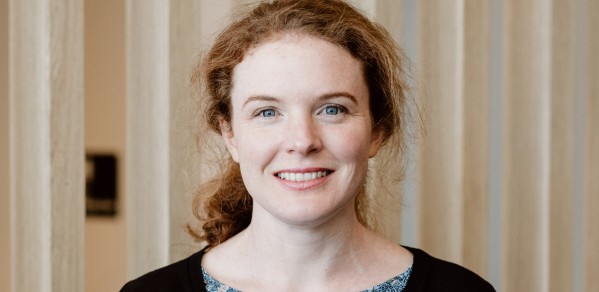
Professor Hannah Joyce recently gave a talk for the Cambridge Philosophical Society discussing methods of “growing” nanowires from the bottom-up, contact-free schemes for measuring the intriguing electrical properties of these nanowires, and strategies for integrating nanowires into electronic devices that possess either entirely new functionality, or enhanced performance.
Nanowires exhibit a host of extraordinary properties due to their one-dimensional geometry, that, if harnessed, could help solve some of the most pressing problems facing society: energy security, climate change and connectivity.
Professor Hannah J. Joyce
Hannah is Professor of Low-dimensional Electronics at the Department of Engineering in the Electronic and Photonics Nanodevices Group. Her research specialises in the development of new nanomaterials for applications in optoelectronics and energy harvesting. She summarises her talk for the Cambridge Philosophical Society below.
“Nanowires” are filamentary crystals with diameters less than 1000th that of a human hair. They exhibit a host of extraordinary properties due to their one-dimensional geometry, that, if harnessed, could help solve some of the most pressing problems facing society: energy security, climate change and connectivity. For example, the nanowire geometry allows very efficient light absorption and charge collection, which increases the efficiency of solar cells whilst using less than a million times less raw material in their manufacture than conventional silicon solar cells.
Somewhat paradoxically, the one-dimensional geometry that confers these amazing properties also creates challenges. How do you create something so small, reproducibly? How can you measure their electrical properties? And how can you integrate them into real-world electronics? In this talk I discuss methods of “growing” these nanowires from the bottom - up, contact-free schemes for measuring the intriguing electrical properties of these nanowires, and strategies for integrating nanowires into electronic devices that possess either entirely new functionality, or enhanced performance."

